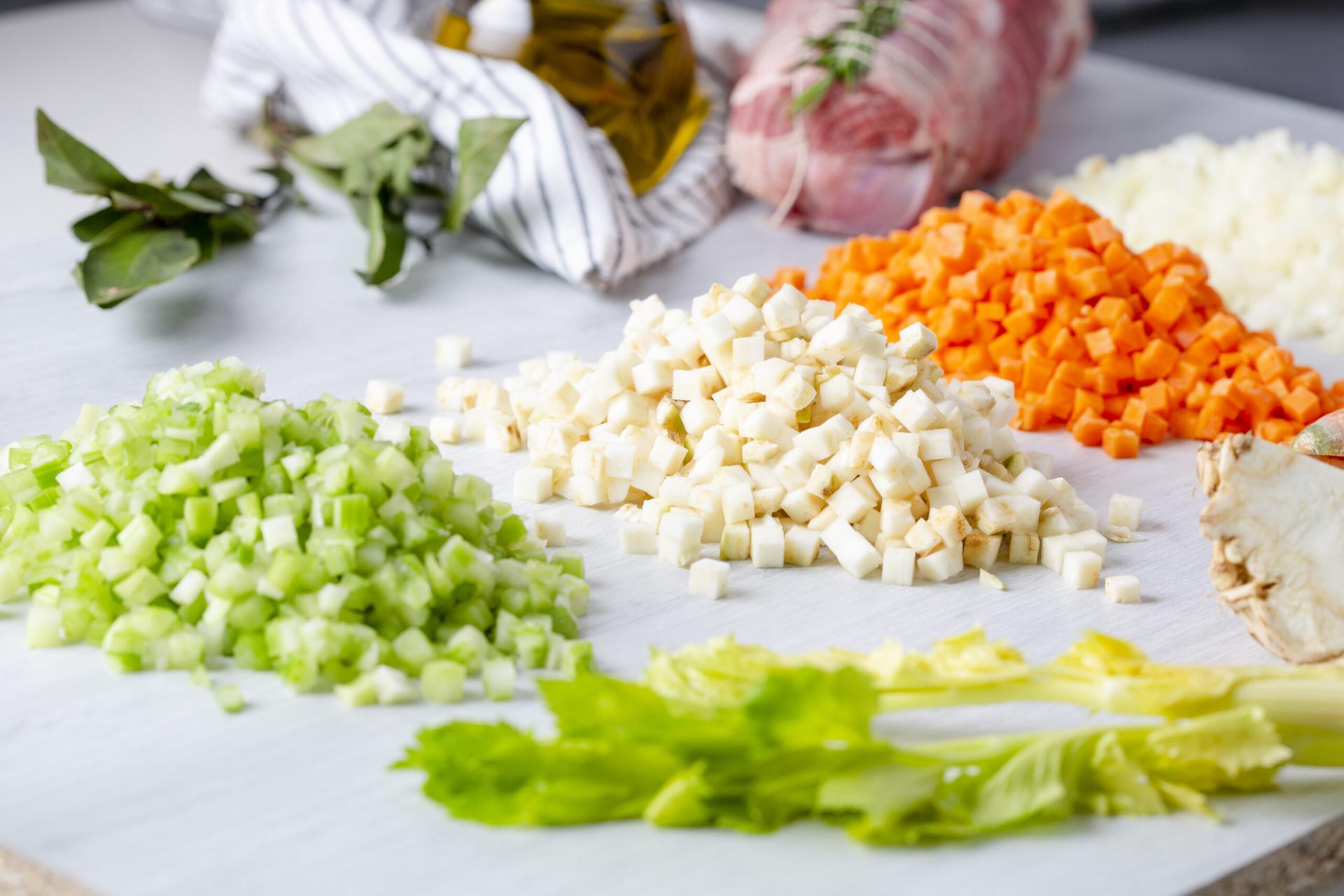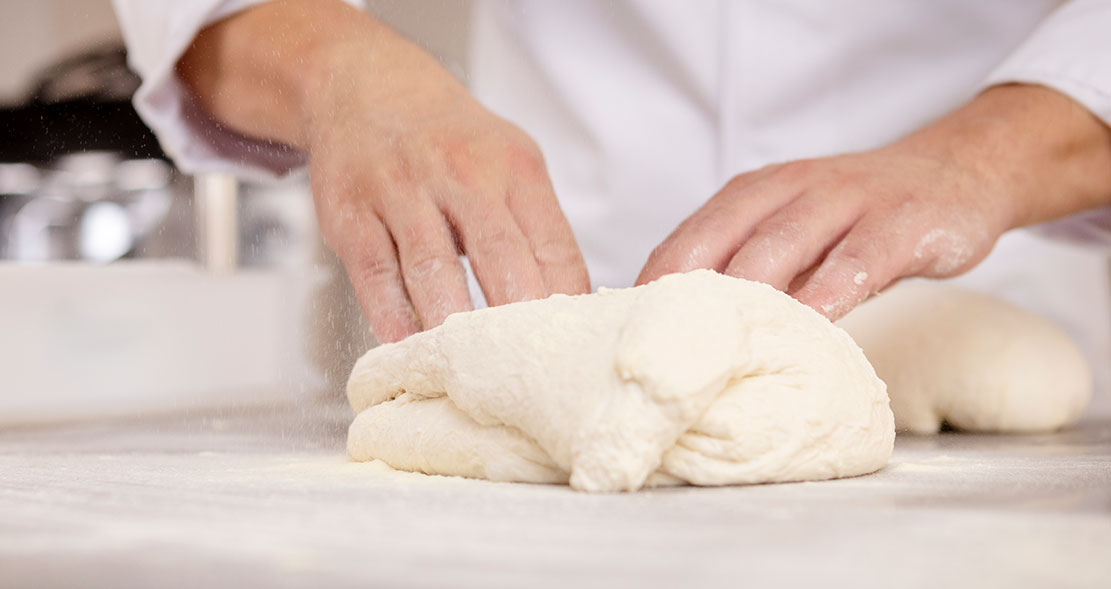

Optimizing Food Preparation in Commercial Kitchens
Every successful commercial kitchen shares a core principle: behind every plated dish is a system of preparation that’s been fine-tuned for speed, safety, and consistency. Commercial food preparation is where the real work begins, long before service starts. It sets the tone for the entire operation.
Whether you’re managing a high-volume restaurant, a catering company, or a bakery, having the right approach to prep work means fewer mistakes, better time management, and higher food quality. In this guide, we’ll walk through the key challenges faced during food prep, the best kitchen equipment to support your workflow, and how to train your team for precision and efficiency.
Key Challenges in Commercial Food Preparation
Commercial food preparation involves more than just cutting vegetables or portioning proteins. It requires coordination across multiple stations, often with a diverse team working on a tight schedule. Here are some common challenges:
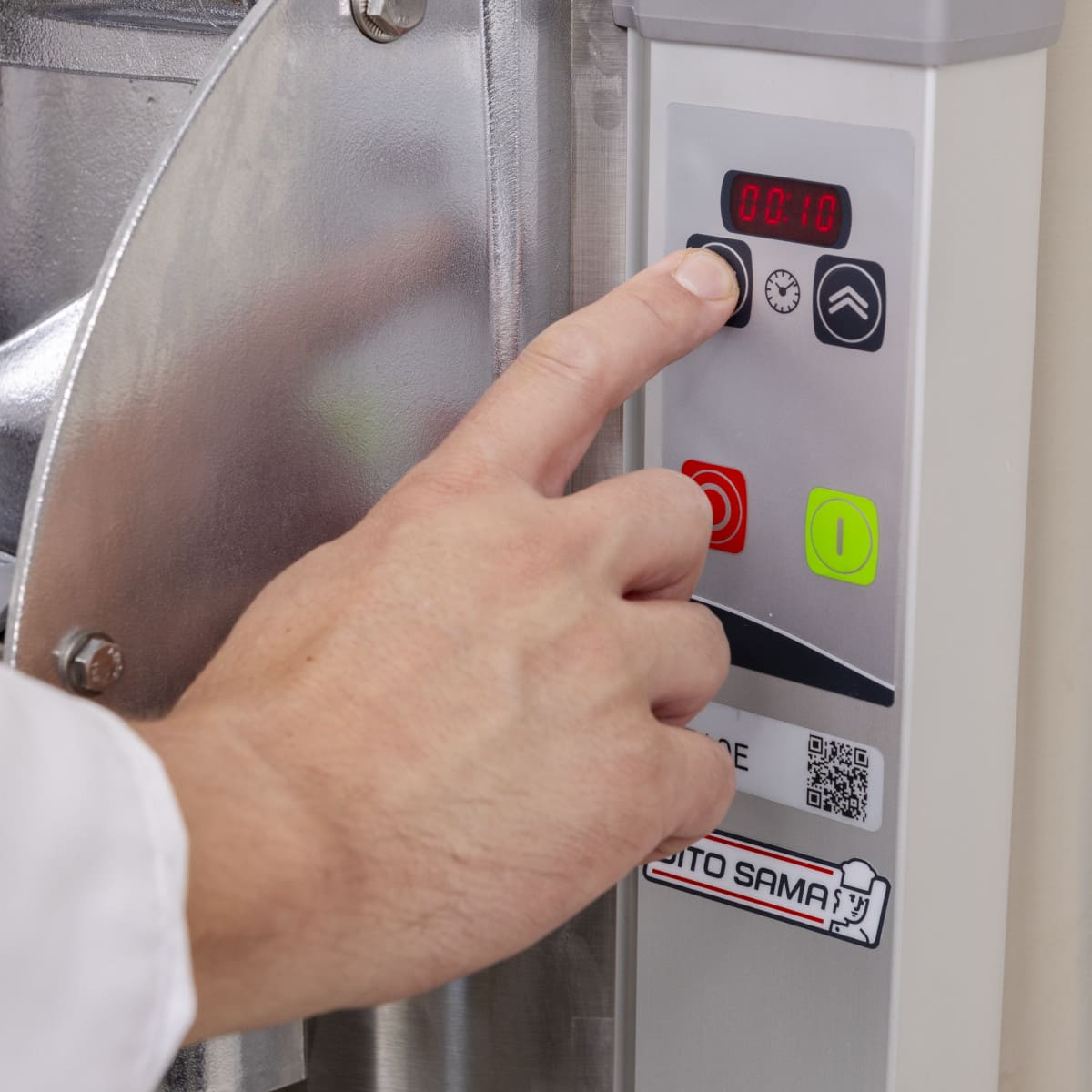
Time pressure:
prepping for hundreds of meals per shift demands careful time allocation. A delay in prep can ripple through service.
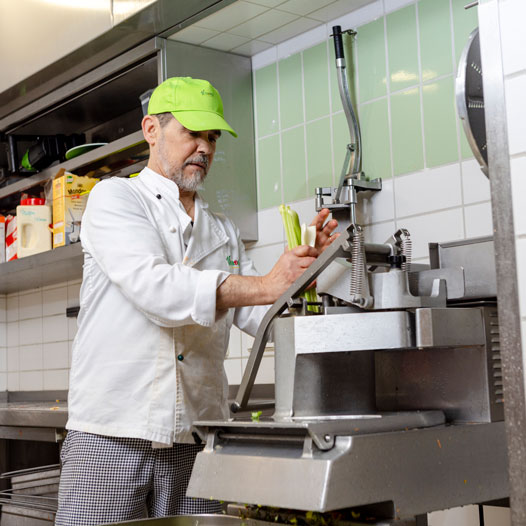
Consistency:
without standardized systems, repeatedly achieving the same cuts, textures, and flavors across batches is difficult.
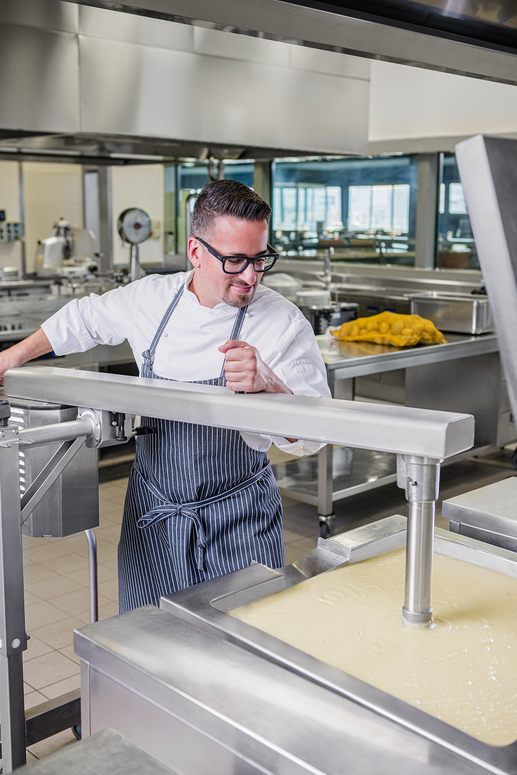
Cross-contamination risks:
with multiple ingredients being processed simultaneously, maintaining food safety requires strict protocols.
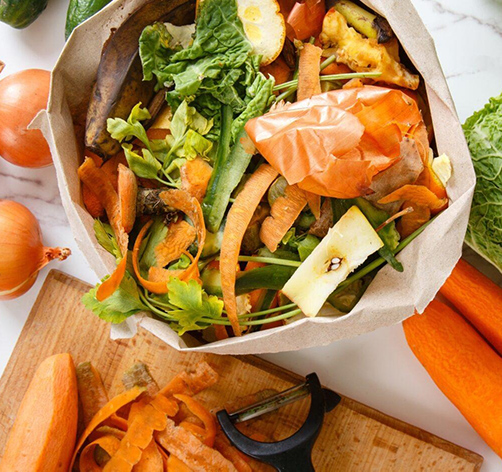
Waste control:
over-prepping, poor portioning, or inefficient use of ingredients can significantly impact profit margins.
Each of these challenges compounds when prep systems are outdated, unstructured, or lack the right tools. Streamlining this phase with reliable equipment and clear processes is the first step toward addressing them.
Best Equipment to Improve Speed and Accuracy in a Professional Kitchen
Quality equipment is the foundation of any successful commercial food preparation strategy. The right tools do more than cut labor – they enable precision, reduce errors, and support food safety.
Some of the most valuable commercial equipment used in food preparation includes:
- Professional food processors: with slicing, grating, chopping, and emulsifying attachments, these machines handle repetitive tasks quickly and with uniform results.
- Vacuum packer: allows to vacuum pack ingredients that have been prepped in advance before freezing them for future use.
- Vegetable cutters and slicers: essential in kitchens that prep large volumes of fresh produce, these machines deliver consistent shapes and sizes, improving cooking results and presentation.
- Planetary mixers: ideal for mixing doughs, batters, sauces, and even some fillings. Look for models with variable speeds and bowl-lift mechanisms to handle different batch sizes.
- Commercial mixers: high-powered blenders are crucial for purées, soups, and dressings, especially in kitchens with a high output of sauces or liquid bases.
- Worktables and prep stations: stainless steel surfaces, integrated storage, and ergonomic designs help keep tools and ingredients organized and accessible.
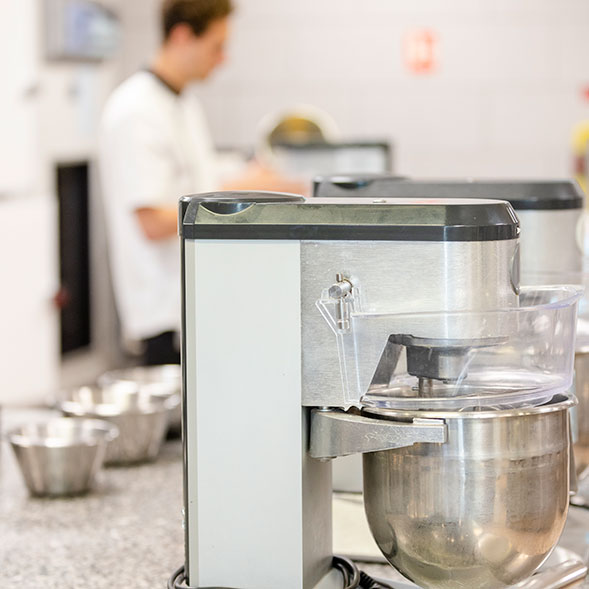
How to Train Staff for Efficient Food Prep and Minimal Waste
Even the best commercial food preparation equipment can’t deliver results without a well-trained team. Staff should understand both the tools and the techniques that lead to efficient prep and reduced waste.
Training programs should include:
- Standardized cutting and portioning methods: teaching staff how to execute uniform knife cuts or use slicing machines correctly leads to better consistency and faster prep.
- Tool maintenance and safety: workers should know how to clean, assemble, and inspect commercial prep equipment. Preventative care avoids breakdowns and reduces safety risks.
- Batch prep scheduling: organize prep tasks by ingredient type or station, and assign them based on prep priority (e.g., long-cook sauces first, garnishes last).
- Waste tracking and reduction: implement systems for monitoring food waste and training staff on how to repurpose trimmings when possible.
- Cross-training staff: a flexible team can adapt to station changes and maintain prep standards even when short-handed.
Reinforcing these practices not only improves speed and consistency – it also creates a more adaptable, confident kitchen team that works better under pressure.
LAST NEWS


